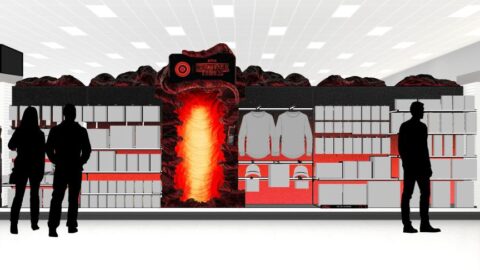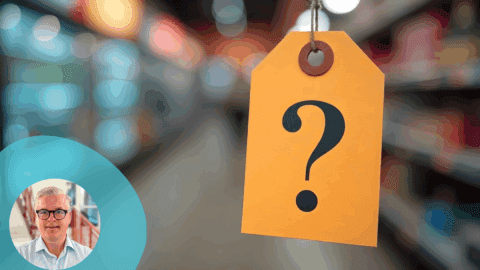By Bruno Aziza, Co-Author, “Drive Business Performance: Enabling a Culture of Intelligent Execution”
The economic crisis has reminded business leaders that developing a great strategy is not enough. They need to execute that strategy within an organization that empowers them to make the right decisions, better and faster. Doing so requires systems that can adjust to market conditions. But most importantly, it requires that your organization’s culture is geared for performance.
I recently had the honor to talk about Developing a Culture of Performance in Retail with Henrik Amsinck, Lego Group Chief Information Officer and VP. Lego’s experience is a great story and Henrik embodies the spirit that drives the performance of this amazing company.
Every Lego employee I have talked to shares a strong passion for Lego, their products, and their customers. And we all know some of their customers can be passionate, too. Even over the phone, it’s almost as if I can ”hear” the sparkle in their eyes when they talk about the company. Lego has a strong culture of performance and it shows. In the first half of 2009 the company reported sales gains of more than 20% and outpaced the competition. Read a great coverage of Lego’s story published by London’s Daily Telegraph this past December here.
But Lego didn’t always have stellar results. The cultural changes they have gone through allowed them to come back strong and equip themselves to gain market share when others were struggling. How did they do it? And can your organization do the same?
There are three key aspects of Lego’s turnaround we can all learn from:
1) Commitment from the top: As we described in the book I wrote with colleague Joey Fitts, “Drive Business Performance,” culture changes start at the top. Lego’s leaders showed their employees the value of expecting and respecting data-driven decision-making. Now the entire company is focused on understanding what works, not guessing.
2) Focus on the basics: Too many organizations build processes, reports and dashboards without asking basic questions about what metrics really drive the business. Lego focuses on a “language of performance” and how the company determines what should be a global standard, versus what should be defined for a particular locale. After stumbling in the 1990s and earlier in this decade, the company also re-focused on core products and core Lego fans. That, in turn, led to customer loyalty and growth.
3) Compete into the future: Few organizations have implemented the type of information management system Lego has across structured, unstructured and social data. A core value of Lego’s mission is connection with their customers. However, many of their customers are boys age 6-10. How do you think they connect with them and request their feedback?
Bruno Aziza is a recognized authority on Strategy Execution, Business Intelligence, Information Management and Social Media. He is the co-author of best-selling book, “Drive Business Performance: Enabling a Culture of Intelligent Execution” and a Fellow at the Advanced Performance Institute, a world-leading and independent advisory group specialized in organizational performance. Aziza has held leadership positions at Apple Inc., Business Objects (SAP), AppStream (Symantec) and Decathlon SA. He currently works on Microsoft Business Intelligence go-to-market strategy and execution for partners, services, sales and marketing. Aziza can be reached at bruno@brunoaziza.com












